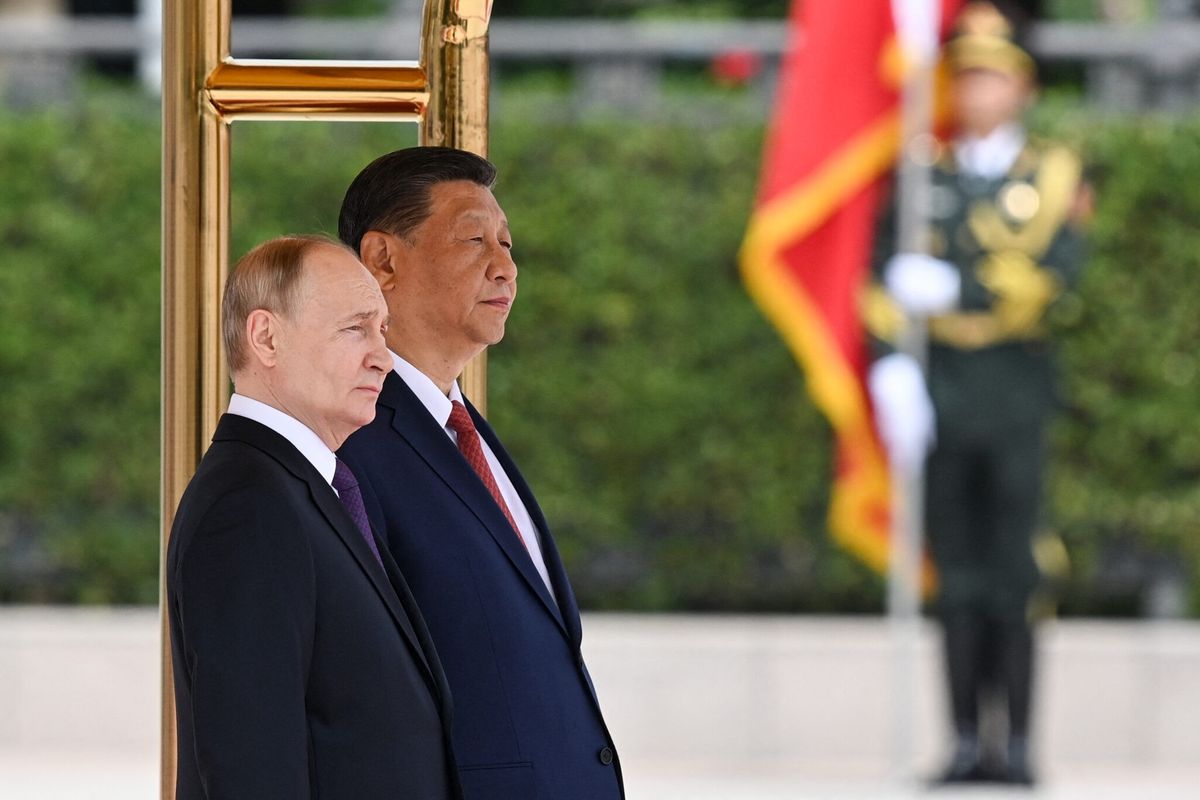Last week, South Korea, Japan and the U.S. announced they will hold their first-ever joint anti-missile exercise next month, signaling an effort by Korea and Japan to overcome decades of historical tension and work together.
The joint exercise, set for June 28, will focus on information exchange and logistics as the participants practice identifying and tracking an aircraft posing as a North Korean missile. It will not, however, involve the actual launch of intercepting missiles.
According to Thomas Karako, Senior Fellow at the Center for Strategic and International Studies, “This is still early in the period for interoperability and cooperation. A lot more remains to be done, but this is an important first step.”
The increased need for coordination is a result of North Korea’s brazen displays of its nuclear and ballistic weapons systems.
This year alone, North Korea has detonated a nuclear device that it claimed was a hydrogen bomb, launched missiles from a submarine and from a mobile launch pad, and tested a three-stage rocket and a long-range rocket engine, according to CNN.
The exercise will involve one destroyer vessel from each country equipped with the Aegis Combat System, a weapons platform capable of shooting down enemy ballistic missiles.
“The Aegis system has an excellent testing record and for the kinds of threats and scenarios it is designed for, it appears to be highly effective,” said Karako.
However, the threats and scenarios this system is designed for might not match the reality of an attack. If North Korea were to launch multiple weapons at once, for example, interception with the Aegis system would be less effective.
“The greater the number of threats, the more challenging it is,” Karako said.
And because these defensive systems are maritime based and designed to intercept missiles outside the atmosphere, their effectiveness in combatting a more likely short-range missile attack launched over land, is called into question.
Stephen Costello, executive director of Asia East said, “The system that is being tested, linked trilateral missile defense for ballistic missiles, is almost irrelevant to possible attacks from North Korea. They would more likely use artillery or short-range missiles.”
The reasons for poor cooperation between Korea and Japan are complex. Historically based tensions between Japan and Korea involving reparations for Japanese abuse of Korean sex slaves, known as “Comfort Women,” disputes over sovereignty of the Dokdo islands, and controversies about the portrayal of history in Japanese textbooks, have driven a seemingly intractable wedge between these countries. The political and ideological positions of Korea and Japan’s leaders have exacerbated these tensions.
“The narrow and ahistorical nationalism of Prime Minister Abe and President Park has always prevented their administrations from seeing and acting to support bilateral or trilateral military cooperation, defense or otherwise,” said Costello.
But the signing of a groundbreaking intelligence-sharing pact in 2014, the settlement of the Comfort Women issue reached last December, and cooperative activities, such as next month’s exercise, may signal meaningful steps towards reconciliation.
The U.S. has played a critical role in encouraging Japan and Korea to cooperate. Last May, Japan, South Korea, and the U.S. agreed to increase sanctions against North Korea. And in 2014, it was a U.S.-South Korea-Japan trilateral meeting at the Nuclear Security Summit in The Hague that brought Japan’s Prime Minister Shinzo Abe and South Korea’s President Park Geun-hye together for the first time after more than three years of a political standoff.
Karako hopes the joint exercise will lead to more extensive cooperation, such as a joint test that actually practices firing interceptors to block ballistic and cruise missiles.
Hankyoreh, an independent Korean publication, reports that the exercise may lead to the eventual linking of the three countries’ missile defense networks.
Costello however, is less optimistic. “I doubt these exercises will pave the way for anything more ambitious. The fundamental distrust between insecure actors, Abe and Park, will keep it minimal. In a way, the over-hyped declarations over this by the U.S, less-so by Japan, and minimal by Korea, perfectly show how limited this cooperation is,” he said.
According to Costello, Koreans are concerned their country is being needlessly drawn into U.S.-led missile defense – ostensibly to counter the North Korean threat but with an ulterior motive of keeping China in check. Others are wary of a cooperation framework that would increase Japan’s influence over Korean peninsula issues.
Predictably, China and Russia have also expressed opposition to these cooperative missile defense systems. Not only are they against any U.S. military involvement in Asia, but they assume the missile defense systems are actually meant to combat their own military capabilities.
“They continue to exercise a double standard,” explained Karako. “It’s okay for Russia and for China to have their regional air and missile defenses; it’s okay for them to sell S300s to Iran, but when a country like South Korea, or Poland, begins to explore limited non-strategic missile defenses for the protection of their own people, Russia and China issue the usual complaints.”
But U.S. military officials maintain this is all about combatting the mutual threat South Korean, Japan and the U.S. face from North Korea.
In an interview with CNN, retired army General Spider Marks said, "They are working now hand in hand because they have a sense of a joint threat."
Karako agrees. “This is something that the three governments have decided to do together, and it reflects a similar assessment of the threats that they face,” he said.
Erica Evans is a Journalism Associate with The Cipher Brief.









